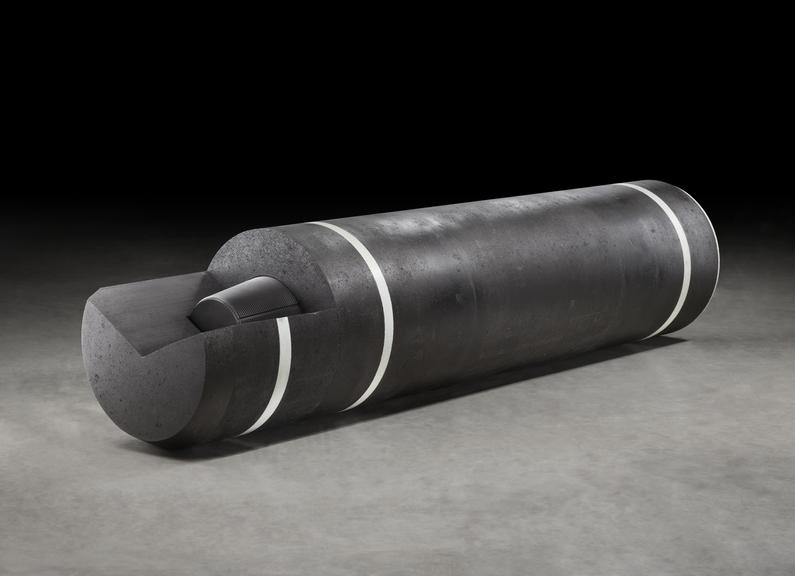The purity and grain size of graphite are critical factors that
The purity and grain size of graphite are critical factors that significantly influence the performance and lifespan of graphite electrodes in electric arc furnaces (EAF). Here's how they impact these aspects:

1.Purity of Graphite
·Electrical Conductivity: Higher purity graphite has fewer impurities, such as ash or non-carbon elements, which can disrupt the flow of electric current. High-purity graphite ensures better electrical conductivity, leading to more efficient energy transfer and lower power consumption in the EAF.·Oxidation Resistance: Impurities can act as catalysts for oxidation at high temperatures, causing the electrodes to degrade faster. Pure graphite is more resistant to oxidation, which helps in maintaining the structural integrity of the electrodes during operation, thus extending their lifespan.
·Thermal Stability: Impurities can create weak points in the graphite structure, leading to uneven thermal expansion and potential cracking under the extreme thermal conditions of EAF. High-purity graphite, being more thermally stable, minimizes these risks.
2.Grain Size of Graphite
·Mechanical Strength: The grain size of the graphite affects its mechanical strength. Fine-grained graphite tends to have a more uniform and denser structure, which enhances the mechanical strength of the electrodes. This is important in withstanding the mechanical stresses during the operation of the EAF.·Oxidation Surface Area: Smaller grain sizes provide a larger surface area, which can increase the rate of oxidation. However, when combined with high purity, fine-grained graphite can still offer good performance due to its structural benefits. On the other hand, coarser grains might reduce the oxidation rate but may compromise mechanical strength and uniformity.
·Wear Resistance: Fine-grained graphite typically offers better wear resistance because of its homogeneous structure. This means that the electrodes can maintain their shape and effectiveness for a longer period, contributing to an extended operational lifespan in the furnace.
conclusion:
The optimal performance and longevity of graphite electrodes in EAFs are achieved by balancing high purity and appropriate grain size. High-purity, fine-grained graphite electrodes are generally preferred for their superior electrical conductivity, mechanical strength, and resistance to oxidation and wear, all of which are crucial for efficient and durable operation in electric arc furnaces.





